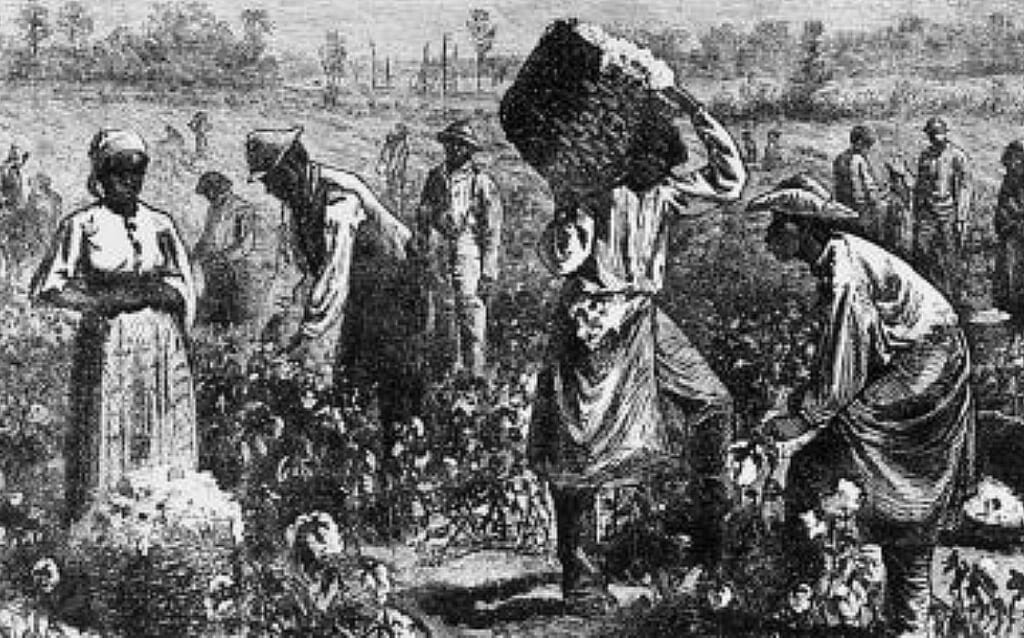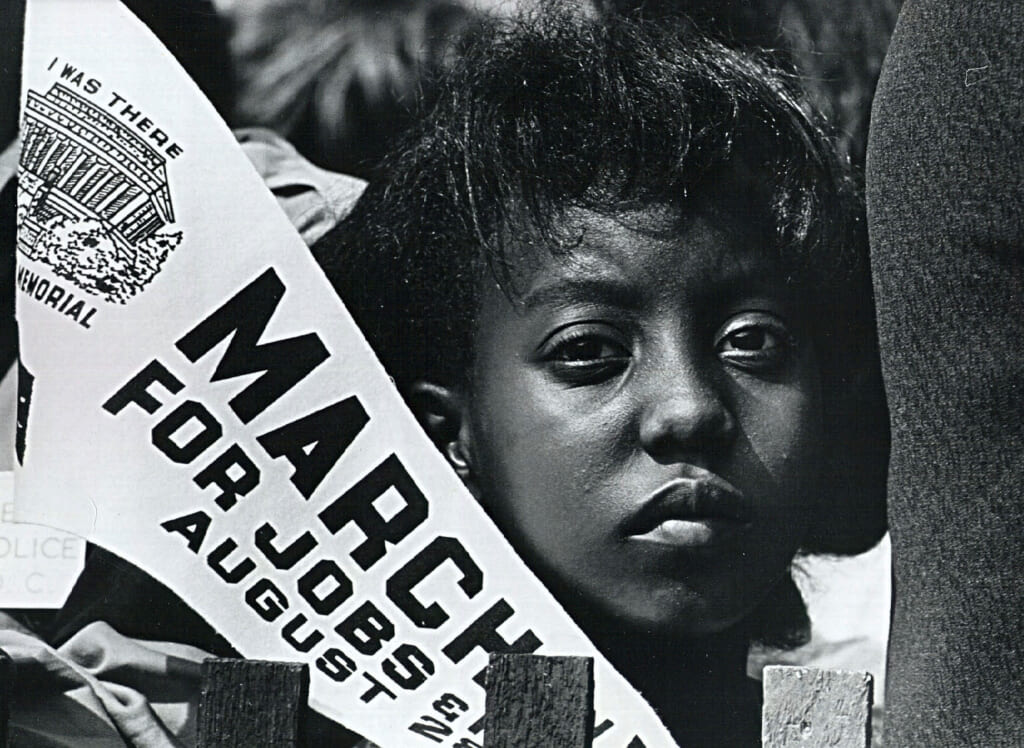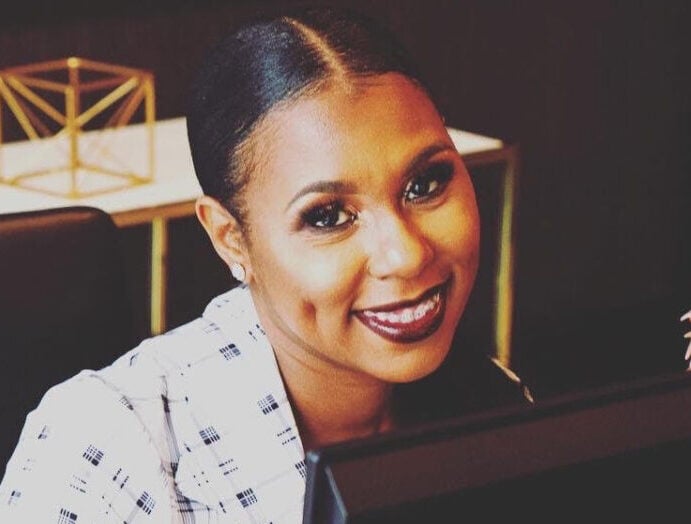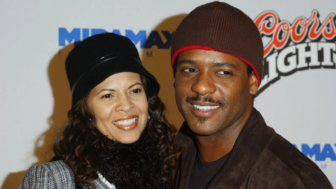Fans of the 2000 film Love and Basketball can testify to the collective heartbreak felt when Quincy McCall (Omar Epps) dunks on Monica Wright (Sanaa Lathan) to win their final game that would decide the fate of their union. As Wright walks away in grief after losing both her heart and the game, McCall says, “Double or nothing,” to profess his love for her despite being two weeks away from marrying someone else.
While few of us will find ourselves battling it out on the basketball court desperately trying to win at love, many heterosexual Black men and women find themselves in a fight to find the “one.” Although some self-help books and online relationship experts will have us all believing self-development is the only cure for the distance between Black men and women seeking companionship, the issue is far deeper than that.
In fact, Dianne M. Stewart, associate professor of religion and African American studies at Emory University and author of “Black Women, Black Love: America’s War on African American Marriage,” delves into how slavery and racism historically prevented and disrupted Black marital unions and continues to plague the Black community and Black relationships today.
“I wrote the book because I could not find any other materials that comprehensively addresses what some perceive as a crisis in African-American love, dating, and marital relationships today,” Stewart explains. “What I mean by this is many authors and pundits treat the low rates of romantic partnership and marriage among Black women as a personal issue. My book elevates the issue to the level of civil rights.”
Middle passage and slavery
The capture of Africans during the transatlantic slave trade during their prime years for marriage and companionship displaced potential relationships that could have built familial foundations. As partners disappeared into oblivion, with no closure or explanation of where they were going except that they would never see their loved ones again, Black families had to adapt to this new, extremely traumatic normal.
“They arrive to a hostile new world and find themselves navigating oftentimes what they called “abroad” marriages because many women and men who were married did not live on the same property. The image of the large plantation with hundreds of slaves was typical in the Caribbean but not in the United States. By 1860 less than 1% of slaveholders held 100 or more Africans in bondage. So it was quite common to see wives and husbands living on different farms and having to secure permission to visit one another on days of the week,” Stewart said.

In addition, the incessant sexual violence and exploitation that occurred tested the anatomical, emotional, psychological, and spiritual limits of those subjected to heinous violations as their bodies were used and abused at the whims of their owners and other white handlers.
“Shame, embarrassment, exposure, lack of control over one’s body — it’s unbelievable that so many survived these rituals and rites of passage. Stereotypes of Black women as licentious, immoral, and insatiably sexual permeated American culture in order to justify the horrors that white people subjected them to on the plantation,” Stewart maintains.
Post-emancipation
When chattel slavery was formally abolished, Black love and marriage continued to be hindered by white institutions. While Black family structures historically required both partners to work, western standards of marriage were forced upon Black families, creating standards for relationships that contradicted the reality of Blackness in this country.
“In the aftermath of slavery, the state denounced courtship and marital arrangements that African-Americans devised during slavery and presented Christian heterosexual marriage as a gateway to responsible citizenship, which meant that Black husbands were socialized to be patriarchal providers and Black wives subordinate helpmates. In this way the state conveniently alleviated itself of the burden of caring for indigent Black women and children, because Black men were now responsible for themselves and their families,” Stewart explains.
To make matters worse, according to Stewart’s research, welfare policies, particularly those developed during the Civil Rights era, directly targeted Black families.

“When Black women entered welfare programs in large numbers during the late 1950s, state welfare programs began to establish austere regulations, such as ‘man-in-the-house,’ ‘substitute father,’ and ‘suitable home’ policies.”
It would be these policies that would create an unprecedented displacement of Black families with men being forced to leave their homes to ensure financial stability.
“These policies wreaked havoc on Black families because local welfare offices sent social workers to visit welfare recipients’ homes, often unannounced, and anyone in violation of these policies were disqualified and denied benefits. These policies ultimately controlled the sexuality of Black women and Black men and deprived poor African Americans of the pleasures of romantic love, courtship and spousal support.”
Benefits were denied to Black families and only available to single Black women with children. This made it necessary to enter into an open and healthy cohabitating marriage or to lose benefits that were necessary due to enforced poverty.
Black men were shut out by these policies as Black women were devalued by “welfare queen” stereotypes. Rooted in slavery, myths circulated of Black women who had too many kids because they couldn’t control their sexual impulses. These stereotypes seeped into the consciousness of some Black people leading to a deeper disconnection that still exists today.
Modern Popular Culture
The rise of the music video era added fuel to a growing fire brewing between Black men and women. For example, historic colorism perpetuated in media depicts “light skin versus dark skin” battles, which can be found in song lyrics, music videos, movies, and many other aspects of Black culture. This also began on the plantation, where slaves who were closer to whites in complexion and hair type were given privileges and usually worked in the house while darker-skinned individuals were seen as closer to Africans and usually worked in the fields.
Stewart notes the impact of these ideologies present themselves in how colorist beliefs manifest in Black adolescent boys who increasingly — since the MTV era — saw darker-skinned Black girls as undesirable. Unfortunately, she contends research indicates that these beliefs typically do not change and have long-term implications that impact marital partnerships between Black men and women.

In fact, a 2009 study by Darrick Hamilton, Arthur H. Goldsmith and William Darity, Jr. looked at a large database of Black women and girls, and found that, among 16-29 year-olds, light-complexion Black women were twice as likely to marry than dark skin women, and 17% more likely to marry than women of median skin complexions.
In addition to perceived undesirability, dark-skin Black women collectively carry the burden of myths and stereotypes that commonly portrayed them as hypersexual objects, unworthy of being treated with dignity and respect. Similarly, Black men are often battling unfounded characteristics of being lazy, shiftless and criminals. These internalized views of another have created an atmosphere of skepticism and negativity between too many Black men and women in their relationships and in many other aspects of their lives.
It’s important for us to understand this history so that we can interrupt cycles of generational trauma that this history has produced. Even if we don’t directly realize it, this history does impact us. It impacts how we see ourselves and treat one another.
Learning more about how racism impacts every aspect of our lives, as well as making an intentional effort to recognize and challenge stereotypes and negative depictions of one another when we see them, are some important first steps in redefining ourselves, our relationships, and our communities as a whole.

Eartha Hopkins is an alumna of The Ohio State University. Born with a penchant for storytelling, the lifestyle and beauty Journalist offers a distinct voice with the goal to inspire her generation to live authentically. Be sure to catch her two cents on her website muvvaearth.com and Instagram @eartha__hopkins.
Have you subscribed to theGrio’s “Dear Culture” podcast? Download our newest episodes now!
TheGrio is now on Apple TV, Amazon Fire and Roku. Download theGrio.com today!
Source link
 Black America Breaking News for the African American Community
Black America Breaking News for the African American Community

